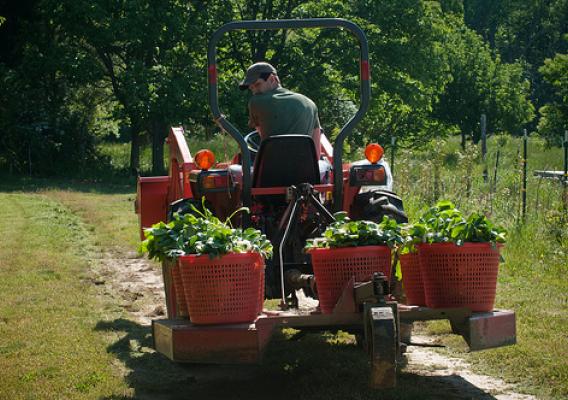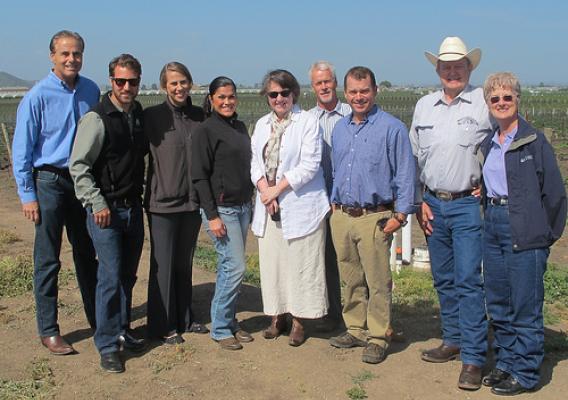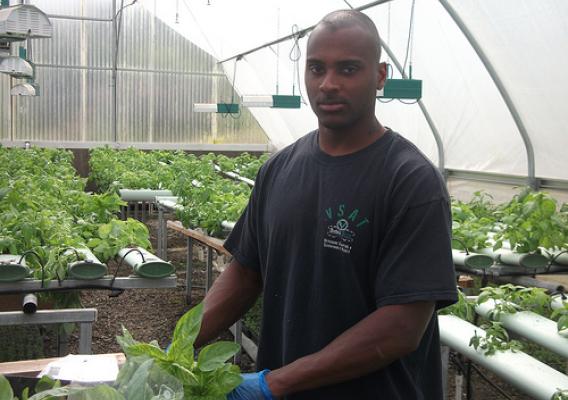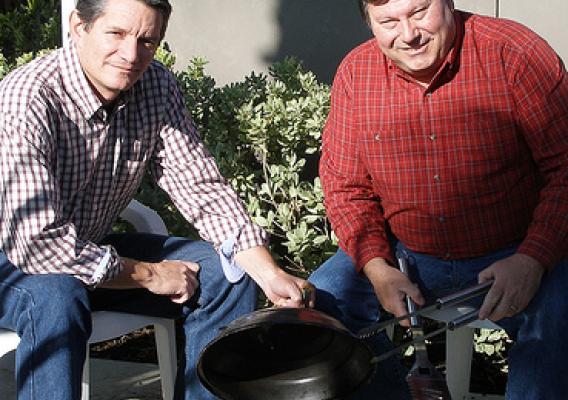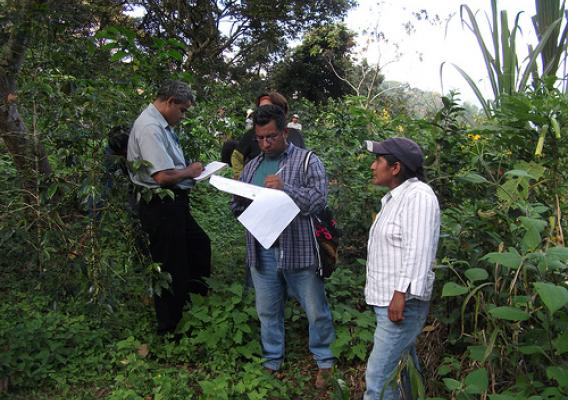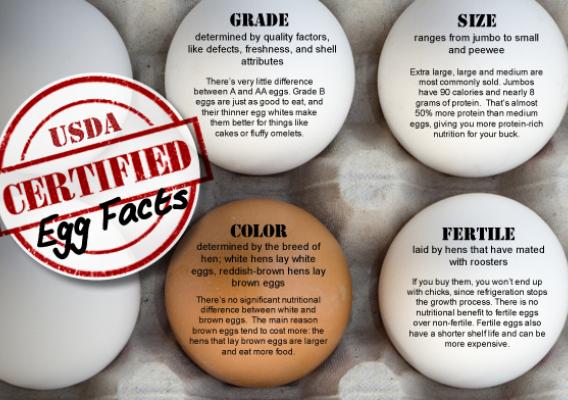Last Friday I visited Watsonville, California. As people know, I like to get outside the Beltway and visit with people to see how USDA programs are working. My first stop was Driscoll’s Cassin Ranch, the site of the company’s plant breeding program. We had a roundtable discussion about the many water management challenges faced in the Pajaro Valley watershed. The Pajaro Valley aquifer, like too many others, is over-drafted and saltwater is intruding into the groundwater. But action is being taken. The Pajaro Valley Community Water Dialogue, a multi-stakeholder forum, is engaged in a series of managed aquifer recharge projects. Not only does Driscoll’s participate in the Dialogue, but on its own, the company is also creating a new water monitoring process that is sure to improve irrigation efficiency amongst its growers. Following our roundtable, I joined Carmela Beck (to my left) and others on a tour of the Bokariza recharge project. Carmela is a member of the USDA National Organic Standards Board and is the manager of Driscoll’s national organic program.

